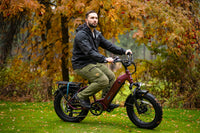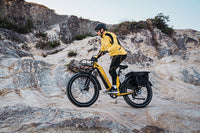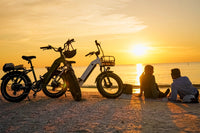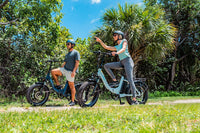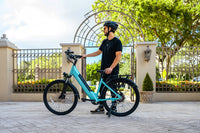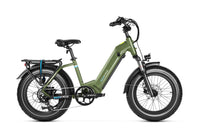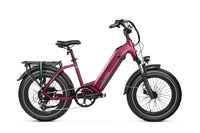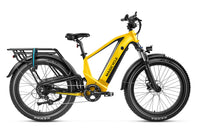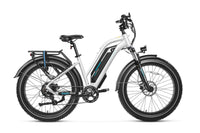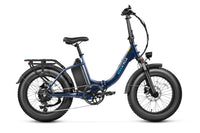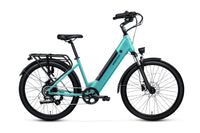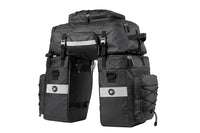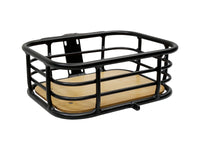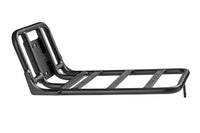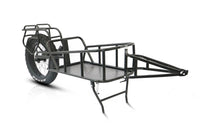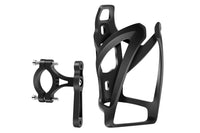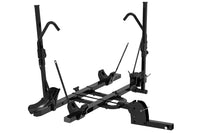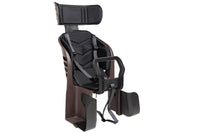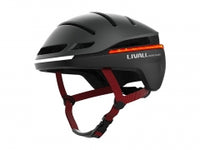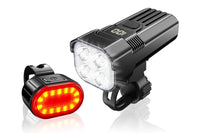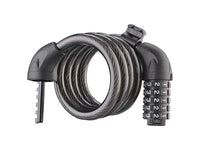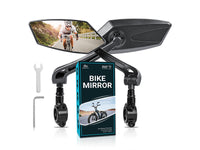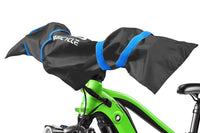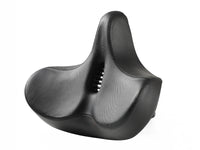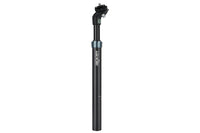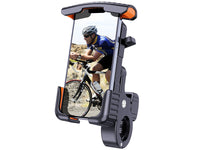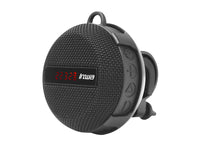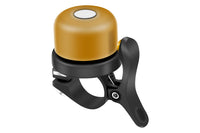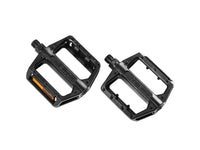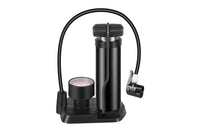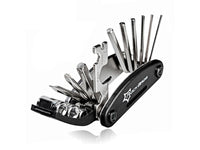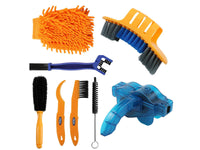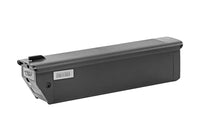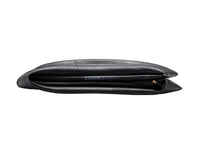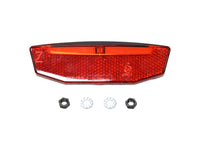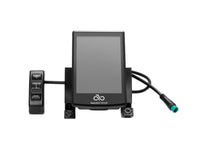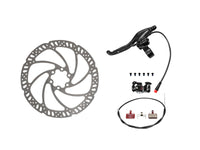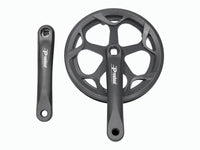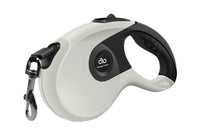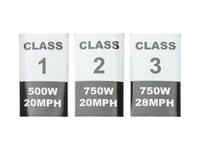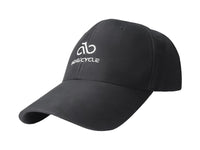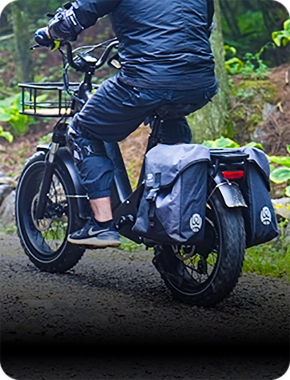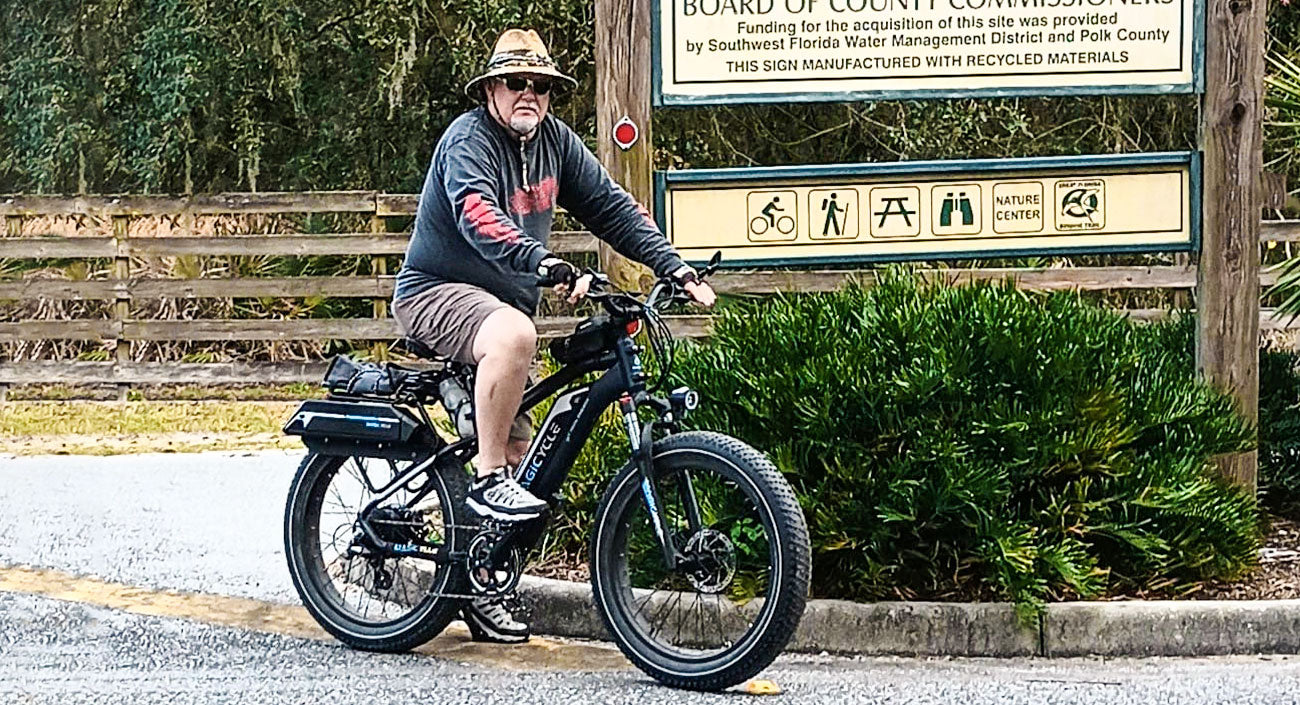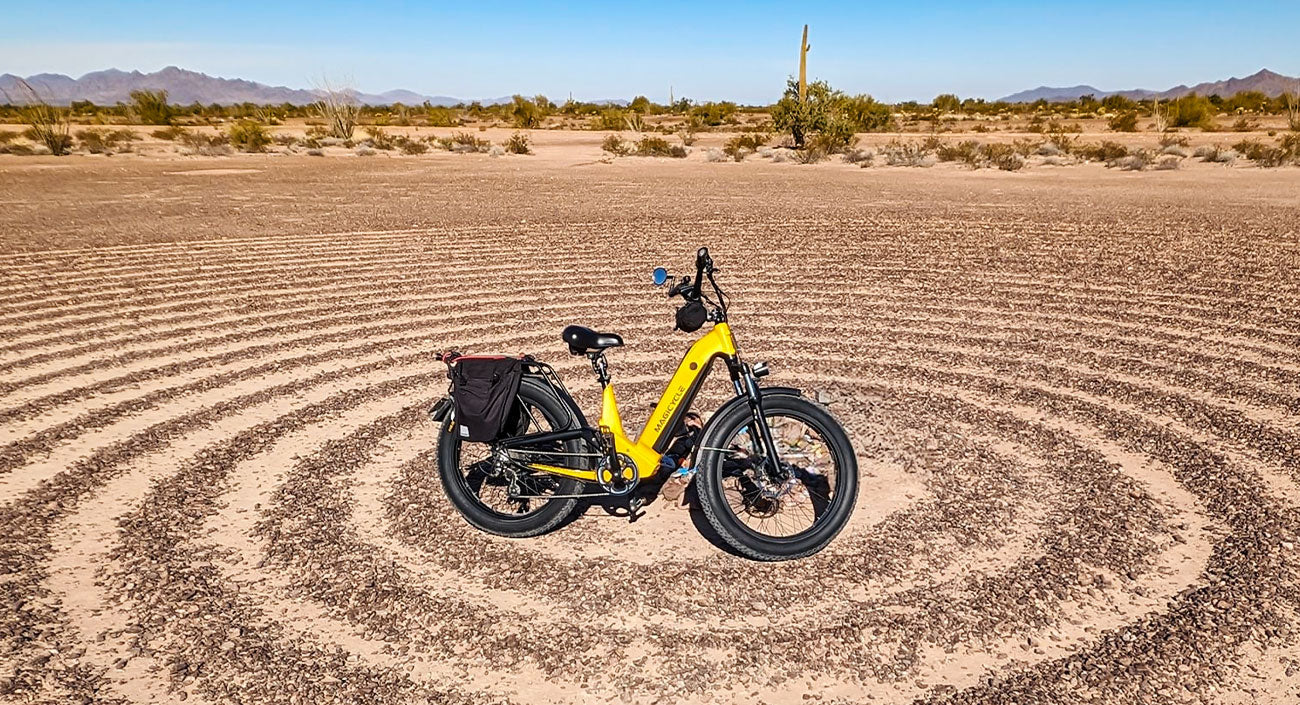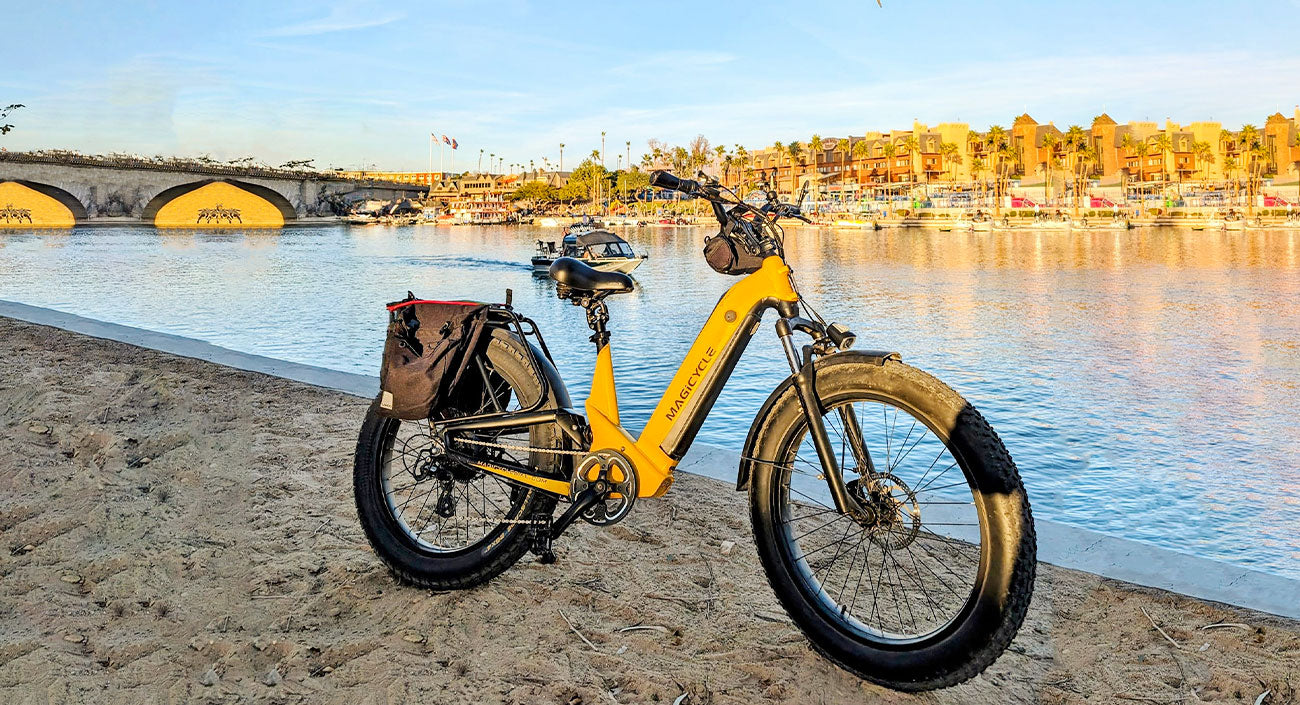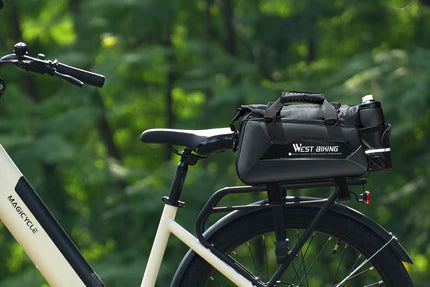 November 23,2024
November 23,2024
 November 23,2024
November 23,2024
Thanks to sophisticated torque sensors, e-bikes have revolutionized cycling by fusing electric assistance with pedal power. These sensors lessen bike wear and extend battery life by detecting the force with which you pedal. Unlike cadence sensors, which just monitor pedaling speed, they offer motor assistance that adjusts based on pedaling force. We'll examine torque sensor mechanics, their benefits for e-bike ranges, and their overall impact to demonstrate why e-bike fans should consider upgrading to one.
What's the Difference Between Torque and Cadence Sensors on E-Bikes?
When considering an e-bike, understanding the different sensors is critical to comprehending the many sensor technologies that affect performance while thinking about an e-bike. Torque sensors and cadence sensors are the two most popular kinds, and each provides a different riding experience.
| Feature | Torque Sensor | Cadence Sensor |
| Function | Measures pedaling force | Detects if pedaling occurs and at what RPM |
| Ride Feel | Smooth and responsive to effort | Consistent power regardless of effort |
| Control | Direct control over speed and acceleration | Less precision in control |
| Efficiency | Optimizes battery use by responding to pressure | Constant drain on battery regardless of input |
| Suitability | Enthusiasts seeking a natural ride | Casual riders or those who prefer steady assistance |
| Complexity | Generally more complex and expensive | Simpler and typically less costly |
Torque sensors tend to offer a more 'natural' biking feel, mirroring the experience of riding a non-electric bike. As you pedal harder, the sensor tells the motor to increase assistance, making for an intuitive and efficient ride. On the other hand, cadence sensors kick in once the pedals move, providing a set level of assistance based on gear or assist mode selection without regard to actual pedaling force.
What Advantages Does a Torque Sensor Offer an E-Bike?
Better Experience Riding
Every pedal stroke on an e-bike fitted with a torque sensor is recorded for force, resulting in an exceptionally smooth and effortless ride. The motor's assistance adapts in real-time to your pedaling intensity, giving you more power when you push harder and progressively lessening it when you back off. The bike seems to'read' your intentions throughout this dynamic interplay, which not only replicates the experience of traditional cycling but also makes for a more enjoyable ride.

Enhanced Range and Efficiency of Batteries
Battery life is well conserved via torque sensors. They do this by adjusting the motor's output to match your pedaling force, so wasting no energy. Due to the system's ability to only utilize power when necessary, users can enjoy longer rides between charges thanks to its efficiency. In essence, you may maximize both your effort and the battery's capacity by pedaling harder to travel farther and require less effort from the motor.
Diminished Sound and Vibration
Generally speaking, torque-sensor equipped e-bikes are quieter than those equipped with cadence sensors. This is because there are fewer abrupt starts and pauses, which can produce less noise and vibration when the motor engages smoothly in response to the applied torque. As a result, riding becomes more peaceful and beneficial for the environment as well as the rider. Reduced vibration also results in less wear and tear on the bike's parts, extending their lifespan and lowering ongoing maintenance expenses.
What Are the Different Types of Torque Sensors in E-Bikes?
Torque sensors come in two main styles: slip ring-style torque sensors and clamp-on style torque sensors, each with its own mechanism and benefits.
Slip Ring-Style Torque Sensor
The slip ring-style torque sensor is typically integrated into the bottom bracket or rear hub of an e-bike. It operates by measuring the twist, or torsion, within the axle as you pedal. Tiny metal rings, known as slip rings, maintain electrical connectivity while the axle rotates, allowing the sensor to accurately transmit torque data to the bike's control unit. This precise method provides a highly responsive riding feel, adjusting motor assistance fluidly as you increase or decrease pressure on the pedals.
Clamp-On Style Torque Sensors
On the other hand, clamp-on style torque sensors can be externally mounted to different areas of the bike's drivetrain or frame. They function by measuring the amount of strain or deformation brought on by a pedaling force. Since these sensors don't need to be integrated into the bike's main components, they can be simpler to install or repair and are more adaptable. Clamp-on sensors are more affordable and still improve the e-bike experience, even though they might not have the same level of sensitivity as slide ring-style sensors.
Depending on whether they value precision and smoothness or versatility and affordability, riders can make well-informed selections about their e-bike purchases by having a thorough understanding of these categories.

Can an E-bike's Range Be Increased with a Torque Sensor?
Although the torque sensor doesn't directly enhance the distance you can travel on a single charge, its inclusion in an e-bike's design can certainly help it reach a higher range. The torque sensor's effect on the bike's power consumption is crucial.
The motor's output is dynamically adjusted by torque sensors in response to the rider's pedaling force. This means that the bike only uses the amount of power required to complement the rider's effort, as opposed to provide a consistent degree of help regardless of necessity. For instance, when ascending a slope, the sensor senses increasing pedal pressure and instructs the engine to give extra support. On the other hand, the sensor saves energy by lowering the motor's output when pedaling gently or cruising down a slope.
Torque sensor-equipped e-bikes are generally more battery-efficient than those without since they optimize power utilization in this way. The battery drains more slowly when the motor is used more sparingly, which increases the e-bike's potential range between charges. Riders who frequently vary their speed and exertion will particularly notice the benefits, as their input directly correlates to the bike's power consumption.
Choosing an eBike with Torque Sensor
Elevate your ride with the Magicycle Deer 2.0 e-bike, showcasing a responsive torque sensor for natural-feeling pedal assistance that adapts to your riding style. Power through any terrain with a robust 1000w motor and revel in extended trips with a high-capacity 52V 20Ah battery offering over 120 miles of range. Navigate your journey effortlessly with Shimano's 7-speed gearing system, and rest assured with the stopping power of 180mm hydraulic disc brakes. Experience the pinnacle of e-bike innovation and ride farther, faster, and with more control than ever before.
The Reasons a Torque Sensor Is So Important
To sum up, changing to an e-bike like the Magicycle Deer 2.0, which has a torque sensor, will greatly improve your riding experience. This cutting-edge technology synchronizes motor assistance with your pedaling force to provide a more natural and intuitive ride. This maximizes battery life so you can enjoy longer rides between recharges, in addition to making for a smoother, more natural feel. In addition, a more enjoyable ride and less cumulative stress on your bike result from the decreased noise and vibration. For those who want to increase their level of enjoyment and precision in e-biking, the Magicycle Deer 2.0 is a great option because of its advanced sensor technology and strong features.


















































